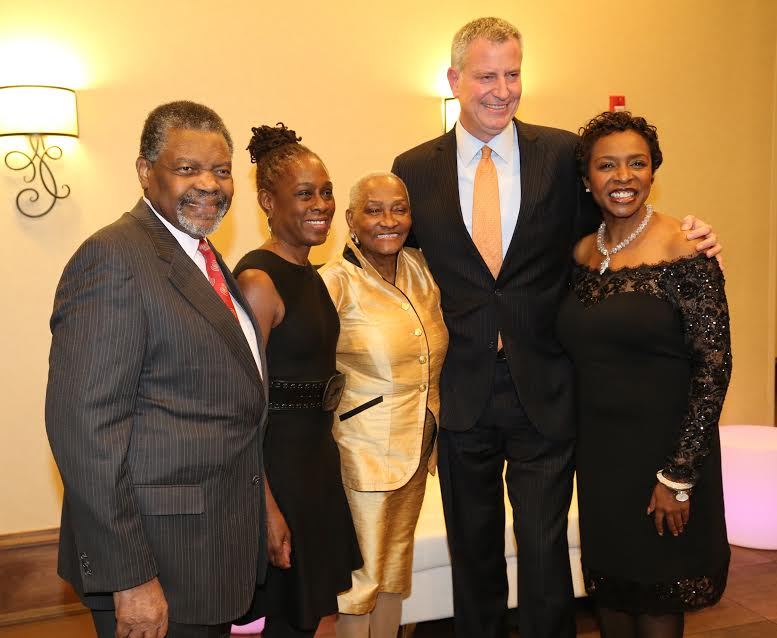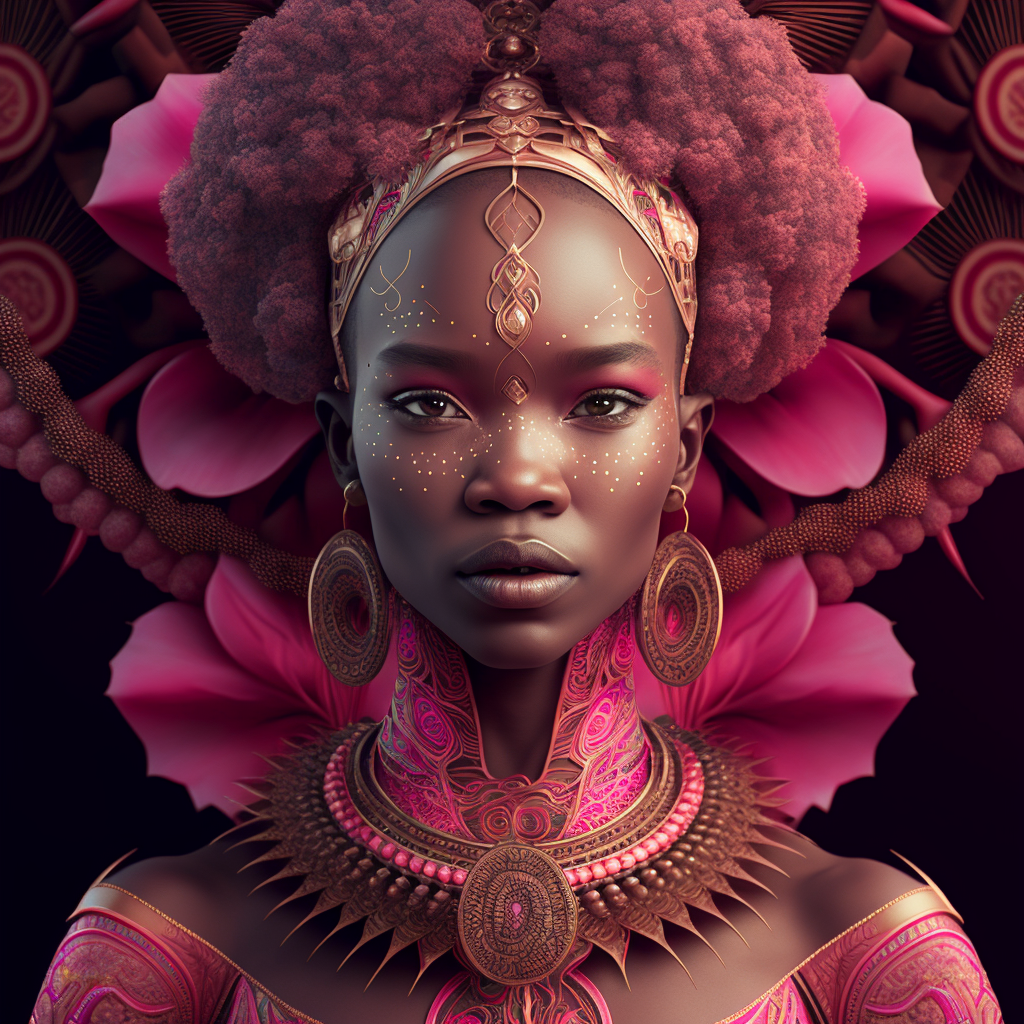By Nicole Ashley
WASHINGTON, D.C.–Walking inside the glass doors of the National Museum of African American History & Culture as a person of color felt like being a part of a secret club. Whispers and discreet smiles were shared between fellow visitors of African descent as they discovered facts about their ancestors and read stories about poets, writers, freedom fighters, and multi-linguists — pieces of black history that were left missing from our textbooks.
The National Museum of African American History & Culture comprises six main floors that highlight black history from the 1400s to now. The museum featured paintings and artifacts from recognized and less-recognized black historical figures, such as Don Francisco de Arobe, a Nigerian man who led a community of runaway slaves to freedom in a Spanish-controlled Ecuador in the 1500s.
But while vividly displaying the many accomplishments of blacks, the museum highlighted one category of black culture in particular: the achievements of women of African descent.
The collection of female black history extended far beyond the noteworthy faces, such as Harriet Tubman and Rosa Parks, who cover women’s history month banners and television segments. From the bottom to the top floor, the museum showcased black women from pre-slavery days that never got their chance in the spotlight.
The first thing museum-goers see when they exit the “time-transporting” elevator is a wall with the face of Queen Nzinga, a queen of the Mbundu people of Central Africa who fought off Portuguese colonialists who planned to turn her people into slaves. She was as mighty as Cleopatra, forming alliances with the Dutch and defeating a Portuguese army in the mid-1600s.
Other female heroes honored on only the first level of the museum were writers and poets like Phillis Wheatley. The museum dedicated a statue to the Senegalese poet fluent in English, Latin, and Greek. She was kidnapped and sold into slavery in 1761 but became famous for her published works such as Poems on Various Subjects and Religious and Moral.
Each new floor ushered in a new era of female greatness in black culture. In the late 1800s, black women started to create their own local organizations and groups. In 1896, African American women united to create the National Federation of Afro-American Women and the National Colored Women’s League. The museum encased images and a woven banner of the National Association of Colored Women.
At times, it was tear-jerking but inspiring to read and see images of the oppression women of color faced during these times. Between the third and fourth floors below ground, there was a mini-documentary called Women and the Movement. In the documentary, there were images of women picketing for equal rights and integrated schools while facing the wrath and anger of their Anglo-Saxon counterparts.
The documentary also illustrated the critical roles that women played during the Civil Rights Movement and paid homage to women activists and educators like Mary McLeod Bethune who after becoming a national leader of the National Association of Colored Women went on to advise several presidents who included, President Calvin Coolidge and President Herbert Hoover.
Then, as the walk throughout the museum continued, the tributes to women got sexier. The banner of an Afrocentric long-lashed woman with the words “Black is Beautiful” inscribed next to her in bold yellow letters. Images of Angela Davis with her fist balled up in rage. A wall tribute for feminist writers of the 60s and 70s that stretched from Audre Lorde and Alice Walker to an image of Ntozake Shange, the author of the play For Colored Girls Who Have Considered Suicide/ When The Rainbow is Enuf. The divas of Hollywood, such as Foxy Brown’s Pam Grier and the tantalizing Mahogany’s Diana Ross, shined brighter than a diamond in the tributes to black movies and entertainment sections of the museum.
The list of contributions and commemoration of black women in the African American museum goes on and on. It even gave museum donors like Oprah Winfrey somewhat of a walk of fame, a large glass chamber that showcased images and memorabilia of America’s number one African-American television show host. The top floor, which had to be one of the best floors in the entire museum, glamorized the contributions that African American women, as well as men, made to over 10 genres of music. To a person of color, it was like standing at the feet of greatness — a greatness that our people were able to ascend to, despite the anchors of bigotry that pulled them down.























